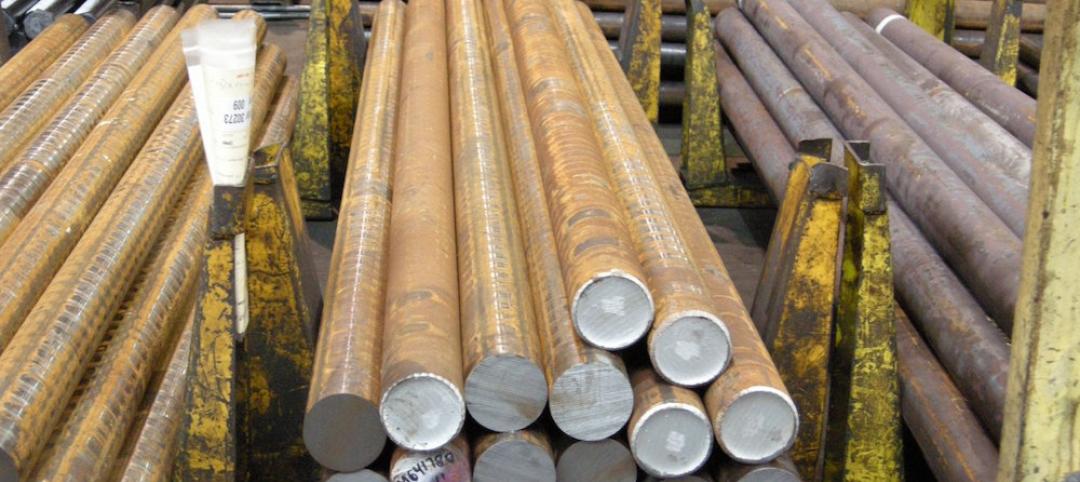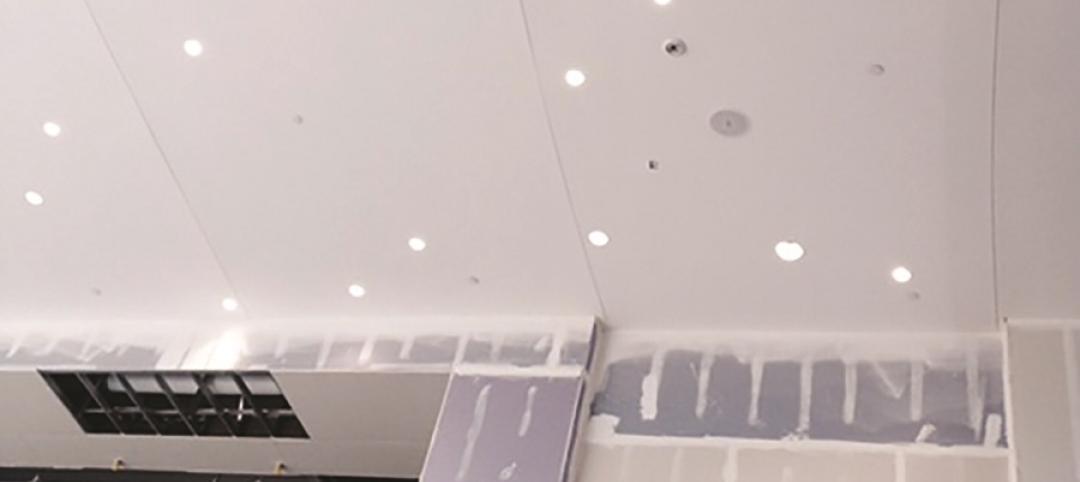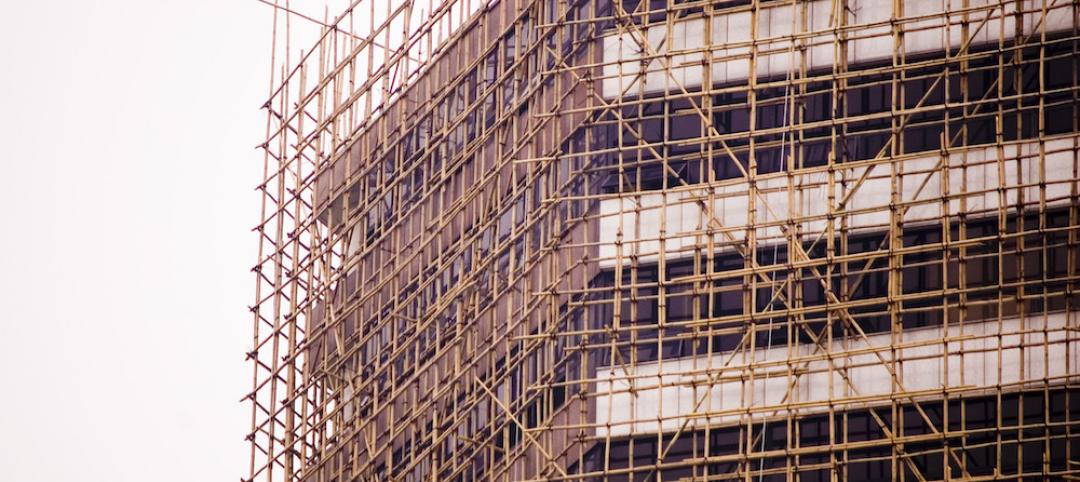Purdue University civil engineers have developed innovative materials that can dissipate energy caused by bending, compression, torque, and tensile stresses without sustaining permanent damage. These intelligent architected materials may also possess shape memory properties, making them reusable while enhancing safety and durability.
The research, led by Professor Pablo Zavattieri, believe the new class of adaptable materials offer potential uses in multiple industries, such as earthquake engineering, impact-resistant structures, biomedical devices, sporting goods, building construction, and automotive components. The technology is currently being tested for 3D-printed panels for aircraft runway mats and nonpneumatic tires for military vehicles, providing resistance to punctures and leaks while maintaining performance in various terrains.
Purdue develops intelligent architected materials
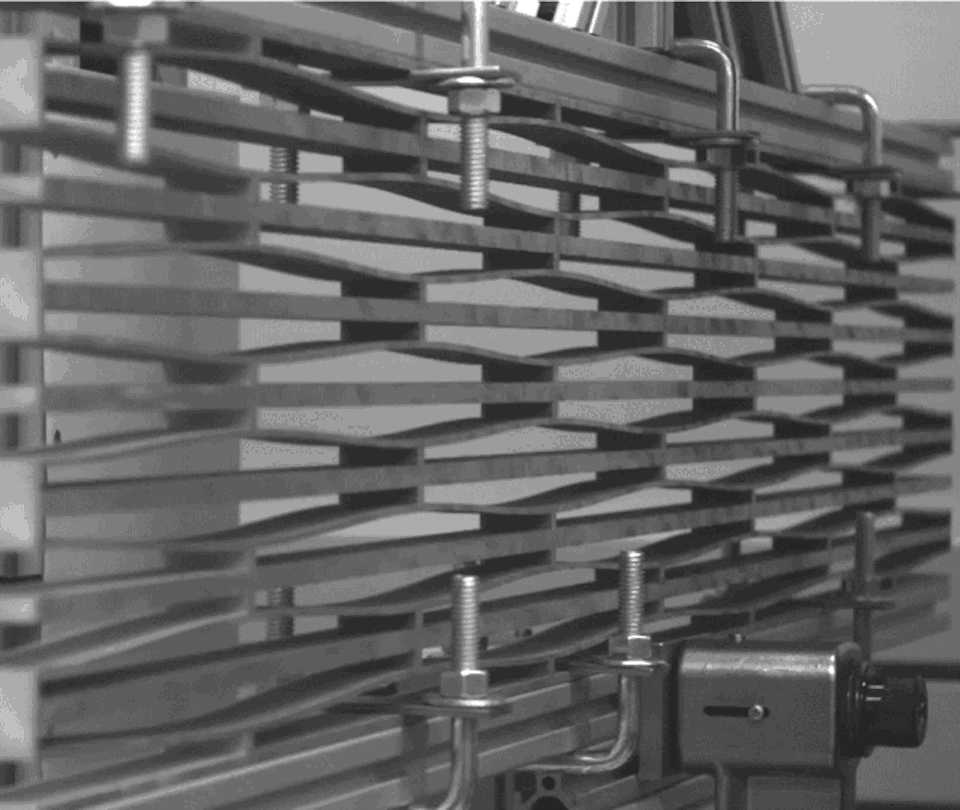
“These materials are designed for fully recoverable, energy-dissipating structures, akin to what is referred to as architected shape memory materials, or phase transforming cellular materials, known as PXCM,” Zavattieri said. “They can also exhibit intelligent responses to external forces, changes in temperature, and other external stimuli.”
These materials can be created from various substances, such as polymers, rubber, and concrete, as long as they remain within the elastic range. They are designed to deform in controlled and programmable ways, providing enhanced energy absorption and adaptability. For the aircraft runway mats, Zavattieri sees the material aiding in self-healing properties, resulting in a longer life span than a runway made with AM-2 matting. "Another benefit is that debris on the runway will not hamper the runway’s performance with our technology," he says.
The Purdue researchers have demonstrated scalability from macro to micro applications and an improvement over traditional lightweight cellular materials.
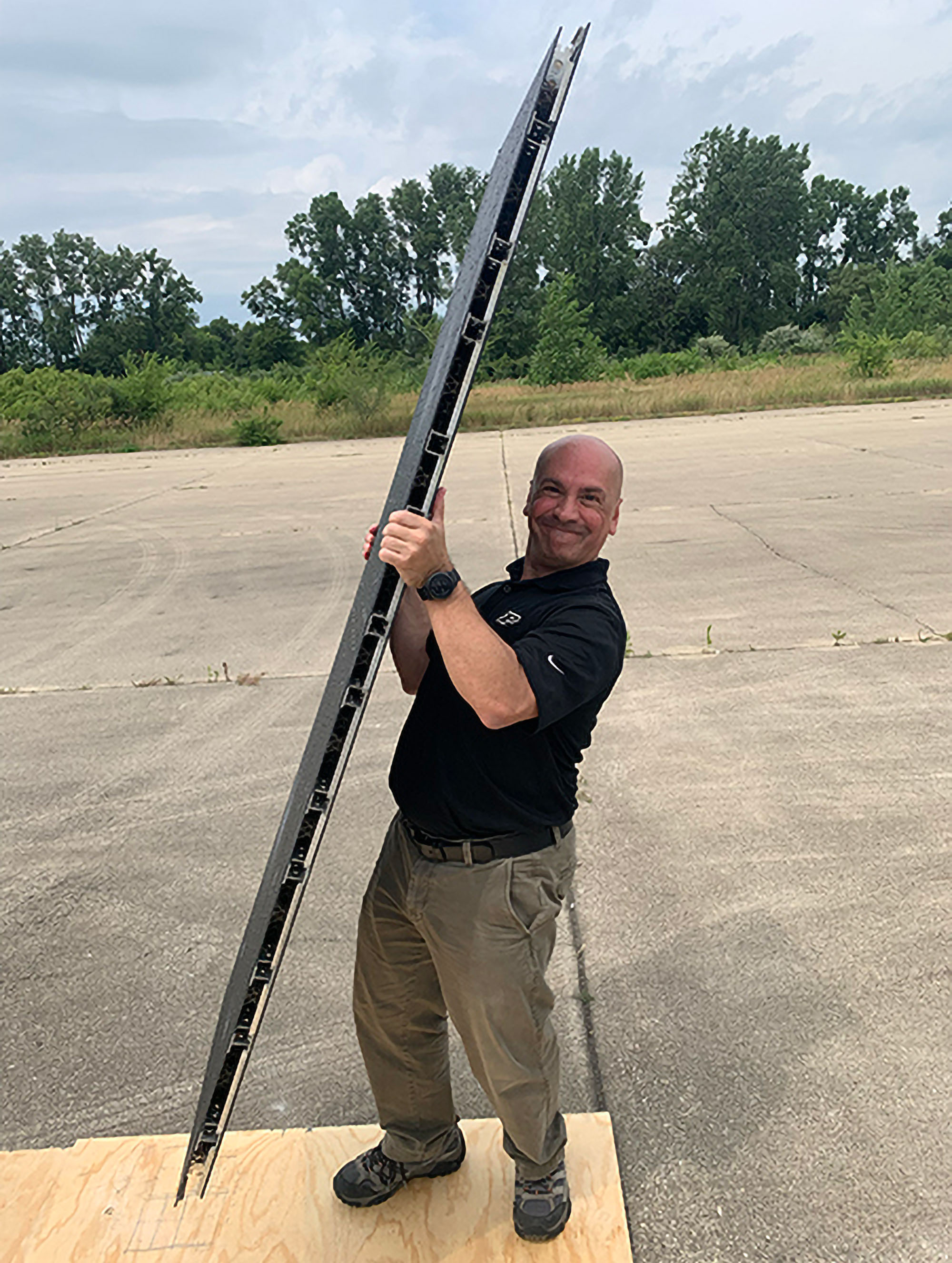
“We have produced intelligent architected materials as large as 12 inches, which are ideal for applications like building and bridge construction to absorb and harness energy,” Zavattieri said. “Conversely, we have created materials with unit cells smaller than the thickness of a human hair. This scalability opens up a world of possibilities from macro to micro applications.”
The research has received funding from organizations like General Motors, ITAMCO (Indiana Technology and Manufacturing Companies), the National Science Foundation, and the U.S. Air Force. Additionally, patents have been filed to protect the intellectual property, and industry partners interested in commercializing the materials for the marketplace should contact Dipak Narula, Assistant Director of Business Development and Licensing in Physical Sciences, at dnarula@prf.org about 2018-ZAVA-68252, 2019-ZAVA-68691, 2020-ZAVA-69072 and 2022-ZAVA-69900.
Related Stories
Building Materials | Jun 16, 2016
ABC: Construction material prices rise again in May
Nonresidential construction price gains were largely driven by iron and steel prices and steel mill product prices.
Green | Jun 2, 2016
USGBC offers new LEED pilot credit: Building Material Human Hazard and Exposure Assessment
For assessing human health-related exposure scenarios for construction products.
Building Materials | Jun 1, 2016
MIT study: Microscopic structure of natural materials can inspire better concrete
Bones and sea sponges are highly organized at the molecular level, while concrete consists of random composites.
Sponsored | Building Materials | May 25, 2016
Materials Manufactured to Move Protect Southwest Energy’s New Office
Codes and Standards | May 20, 2016
Industry leaders call for wider use of bamboo as a building material
Benefits include seismic resiliency and sustainability.
Building Materials | Apr 8, 2016
AIA: Architects release first white paper on materials transparency and risk
It provides the steps architects should be taking to ensure change, promote openness, and increase collaboration between themselves, their suppliers, and their clients.
Market Data | Feb 26, 2016
JLL upbeat about construction through 2016
Its latest report cautions about ongoing cost increases related to finding skilled laborers.
| Jan 28, 2016
AIA CES class: The rainscreen approach to a better building envelope
Building envelope expert Bradley Carmichael of Hoffmann Architects explains how rainscreen wall systems work and evaluates the effectiveness of various rain-control methods, including mass walls, perfect barriers, and masonry veneers. This AIA/CES class is worth 1.0 learning unit.
Building Materials | Jan 25, 2016
Johnson Controls to merge with Tyco International
The $20 billion deal is the latest corporate inversion maneuver.



